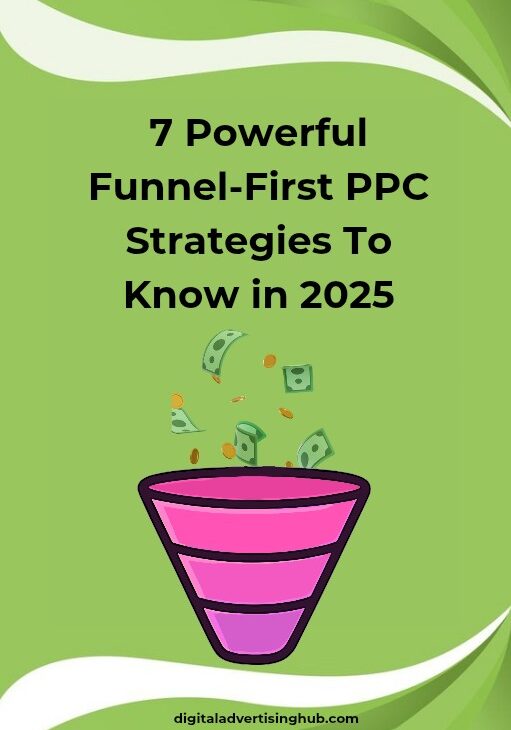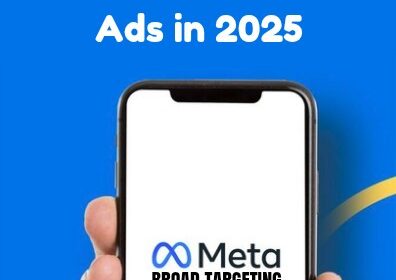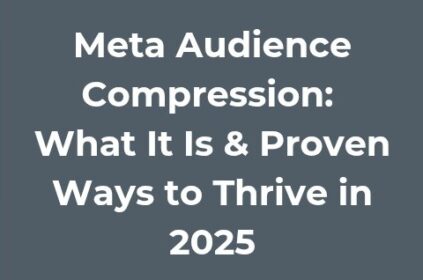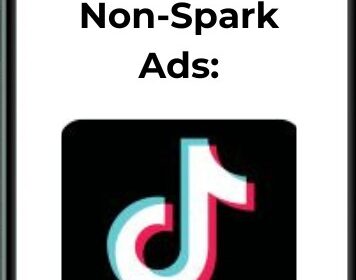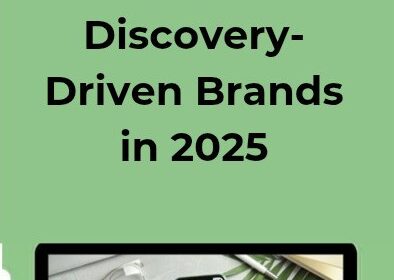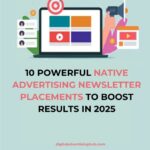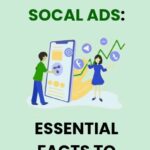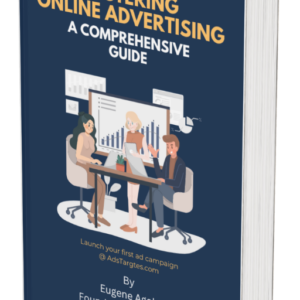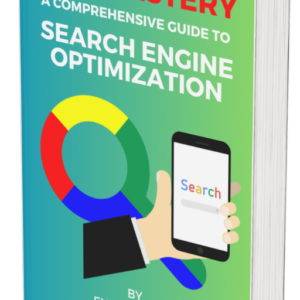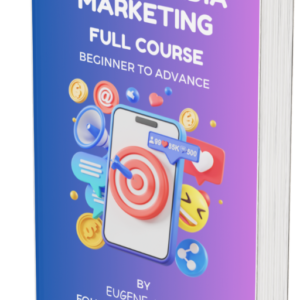Most businesses treat PPC like a sprint—fast, intense, and over before it even builds momentum. But in 2025, that approach is no longer sustainable.
Paid advertising has evolved beyond bidding wars and broad targeting. It’s now about understanding how people move through a buying journey—from the moment they first see your ad to the instant they convert (and even beyond).
That’s where funnel-first PPC strategies come in. Instead of chasing clicks in isolation, these strategies build campaigns around the psychology of awareness, interest, desire, and action.
They let you guide potential buyers through every stage of your marketing funnel with intent-focused targeting, data-backed messaging, and precise budget allocation.
Think of it as building a performance engine where every ad, landing page, and keyword aligns with a specific stage of your customer’s decision-making process.
The goal isn’t just traffic—it’s progression. You’re not buying impressions; you’re buying movement through your funnel.
In 2025, brands that thrive in paid media will be the ones who design PPC campaigns around their funnel first—not the other way around.
Understanding Funnel-First PPC Strategies in 2025
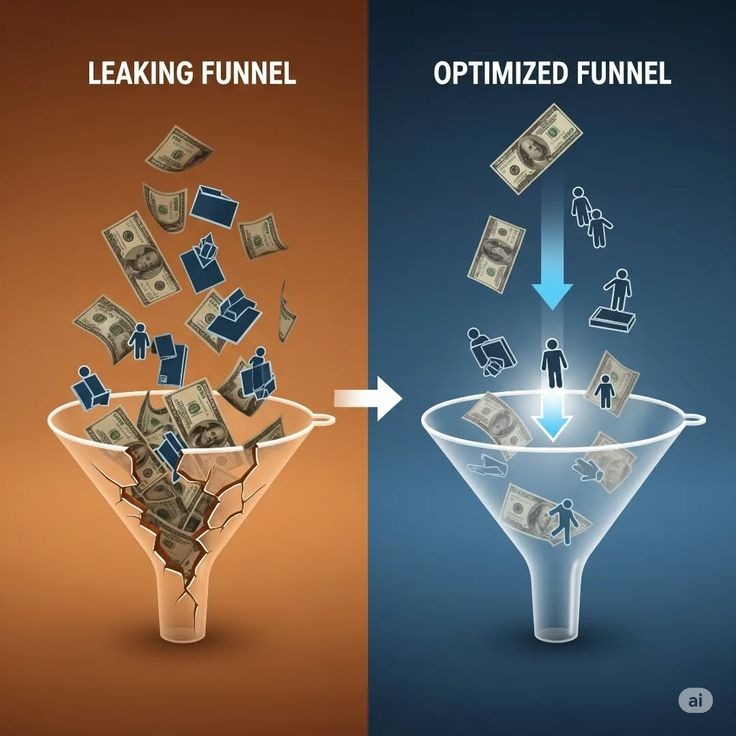
Funnel-first PPC strategies are reshaping how marketers approach digital advertising in 2025.
Rather than optimizing campaigns by platform or keyword alone, advertisers now structure their efforts according to the buyer’s journey—awareness, consideration, and conversion—before looping back into retention and advocacy.
This shift reflects how users interact with brands across multiple touchpoints before making a purchase.
A study showed that over 74 percent of online shoppers use at least three channels before deciding to buy, making a funnel-first approach essential for capturing consistent attention and revenue.
In this model, each stage of the funnel demands unique creative, targeting, and bidding strategies.
The upper funnel builds visibility; the middle funnel deepens intent; and the lower funnel drives purchases.
Funnel-first PPC strategies integrate all three into one cohesive framework where every ad, keyword, and landing page aligns with the user’s readiness to act.
Advertisers who follow this approach achieve higher relevance scores, lower cost per acquisition (CPA), and stronger lifetime value metrics compared to those who treat campaigns as isolated bursts.
The growing complexity of customer journeys in 2025—fueled by AI-driven ad personalization, short-form video ads, and first-party data tools—makes funnel-first PPC strategies indispensable.
By mapping content and creative assets to each stage of the funnel, brands can anticipate audience needs, optimize spend, and maintain performance stability despite algorithm shifts.
The next sections break down these strategies by funnel stage, with specific, data-backed actions for awareness, consideration, conversion, and beyond.
#1. Awareness: Building Visibility That Converts
At the top of the funnel, the goal of funnel-first PPC strategies is not immediate conversion but establishing brand familiarity.
It’s about ensuring that when users encounter a need, your brand already occupies mental real estate.
Effective awareness campaigns use broad targeting and compelling creative formats to maximize exposure without wasting spend.
Smart bidding models like Google’s Target Impression Share or Meta’s Reach campaigns help maintain visibility across high-performing segments.
Funnel-first PPC strategies for this stage should prioritize audience segmentation based on demographics, interests, and intent signals, rather than broad keywords alone.
Top-performing brands in 2025 rely heavily on AI-powered audience modeling to identify new reach opportunities while maintaining ad frequency limits that prevent fatigue.
In this phase, storytelling still matters but must stay concise and platform-relevant. Use video, carousels, and dynamic image formats to boost watch time and recall.
Data from Statista reveals that short-form video ads under 15 seconds now deliver a 32 percent higher view-through rate compared to static banners.
That insight directly informs funnel-first PPC strategies that emphasize creative diversity.
Metrics to track include impressions, video completion rate, and engagement lift. These provide directional feedback rather than conversion benchmarks.
The aim is to fill your retargeting pool with high-quality traffic—users who interacted but didn’t yet purchase.
This foundation ensures the next stage of your funnel operates with intent-rich audiences ready for nurturing.
#2. Consideration: Nurturing Interest Through Value
Once potential customers know your brand, the next layer of funnel-first PPC strategies focuses on engagement and education.
Here, advertisers move from awareness to intent by showing why their offer solves a specific problem better than competitors.
Users at this stage are comparing features, reading reviews, and exploring alternatives. A well-structured PPC campaign anticipates these behaviors by delivering mid-funnel ads that emphasize proof, authority, and relevance.
In 2025, mid-funnel content includes lead magnets, case studies, video tutorials, and interactive landing pages.
The Content Marketing Institute reports that mid-funnel campaigns using educational assets convert 41 percent higher than those relying on standard product descriptions alone.
Integrating this insight into funnel-first PPC strategies means aligning ad copy with user curiosity.
Retargeting becomes a critical lever at this stage. Use audience lists built from previous awareness interactions—video viewers, site visitors, or social engagers—and feed them into tailored ad sets.
Funnel-first PPC strategies rely on progressive messaging that evolves as users move through the funnel.
For instance, a top-funnel viewer who watched 50 percent of your video could now see a carousel highlighting product benefits, followed by an ad offering a limited-time trial.
Ad networks like Google Ads and LinkedIn Campaign Manager now support automated audience sequencing, which helps brands personalize message timing without manual rule creation.
The most successful advertisers measure engagement depth rather than click volume. Metrics such as cost per engaged user, average session duration, and form-fill rate provide more actionable insight for refining your funnel-first PPC strategies.
Transparency builds trust in this phase. Display certifications, client testimonials, and social proof.
Use UTM tagging and CRM integrations to ensure each interaction feeds future optimization. With consistent nurturing, you transition potential leads into decision-ready buyers.
#3. Conversion: Turning Intent into Measurable Revenue
The conversion stage is the most quantifiable segment of funnel-first PPC strategies. It’s where interest transforms into sales, sign-ups, or qualified leads.
Here, precision targeting and offer optimization dominate. The objective is simple: capture transactions at the lowest possible CPA while maintaining profitability.
Funnel-first PPC strategies in this phase depend on accurate data tracking and real-time optimization.
Advertisers use enhanced conversions in Google Ads, Meta’s Conversion API, and server-side tagging to ensure no sale goes untracked.
Attribution models that factor in multi-touch paths—rather than last-click alone—deliver a more accurate view of ad performance.
Your ad creative should feature clear calls-to-action, strong value propositions, and minimal distractions.

Test landing pages for speed and mobile usability. Google’s Page Experience Update reinforces that slow load times can reduce conversion rates by up to 20 percent.
Funnel-first PPC strategies therefore pair fast-loading, single-purpose landing pages with dynamic ad copy that mirrors keyword intent.
Remarketing remains powerful here. Offer incentives like free shipping, limited discounts, or one-click checkout for returning visitors.
For subscription or SaaS products, focus on trial signups and demos as intermediate conversions. Metrics to monitor include ROAS, conversion rate, and cost per lead.
One often-overlooked tactic is aligning ad scheduling with buying behavior. An Adobe Digital Insights study found that weekday conversions peak between 9 a.m. and 4 p.m.
Adjusting bids dynamically during these windows ensures your funnel-first PPC strategies capture demand efficiently.
When executed correctly, this stage turns intent into measurable profit, setting the foundation for repeat engagement.
#4. Retention: Strengthening Customer Loyalty
Most advertisers end their campaigns at the point of purchase, but funnel-first PPC strategies extend beyond that.
Retention is where long-term profitability is built. Loyal customers are cheaper to reach, more likely to buy again, and serve as advocates for your brand.
According to Harvard Business Review, increasing customer retention rates by 5 percent can boost profits by 25 to 95 percent.
Retention-focused PPC campaigns use data from CRM systems and customer feedback tools to create personalized experiences.
Dynamic remarketing ads show existing customers complementary or upgraded products.
Funnel-first PPC strategies at this level leverage customer segmentation—such as high-value buyers or subscription renewers—to deliver timely messages that deepen engagement.
Google’s Customer Match and Meta’s Custom Audiences enable targeting based on purchase frequency and recency.
Brands in 2025 also employ lifecycle automation through platforms like Klaviyo and HubSpot to sync ad delivery with post-purchase milestones.
When users see ads that align with their previous behavior—such as replenishment reminders or loyalty rewards—they are more likely to return.
Tracking retention success requires metrics like repeat purchase rate, customer lifetime value (CLV), and churn rate.
Funnel-first PPC strategies that integrate predictive analytics can identify when users are at risk of disengagement, prompting timely win-back campaigns.
Beyond direct sales, retention campaigns also encourage referrals and user-generated content.
When customers advocate publicly, they strengthen the top of your funnel organically, creating a self-sustaining system where loyalty feeds awareness.
By extending attention beyond acquisition, your brand converts temporary interest into lasting relationships.
#5. Optimization: Continuous Performance Refinement
No PPC strategy is static. Funnel-first PPC strategies thrive on data feedback loops. Every stage generates performance signals that feed the next optimization cycle.
Modern PPC management tools powered by machine learning—like Google Ads Smart Bidding and Meta Advantage+—analyze real-time data to fine-tune bids, creatives, and placements.
Advertisers in 2025 rely heavily on automation but still maintain human oversight. The goal is balance: use algorithms for efficiency while reserving strategic control for human insight.
For example, automated bidding can adjust for seasonality, but only a marketer understands the context behind product launches or inventory limits.
A/B testing remains foundational. Whether testing headlines, CTAs, or landing-page layouts, each test must align with the funnel stage it supports.
Funnel-first PPC strategies emphasize micro-conversions—such as scroll depth or time on page—because these small signals predict macro outcomes.
Google Analytics 4 and Looker Studio dashboards make it easier to visualize these relationships.
Quality data hygiene ensures that machine learning models deliver reliable insights.
Audit your tracking scripts, remove redundant audiences, and exclude low-value keywords regularly.
According to Search Engine Journal, 27 percent of PPC budgets are wasted on misaligned targeting or inaccurate measurement.
Funnel-first PPC strategies that enforce disciplined data management eliminate this waste and maintain consistent growth momentum.
Optimization also extends to creative fatigue management. Refreshing visuals and copy every four to six weeks prevents performance decline, especially in high-frequency ad sets.
In practice, this means maintaining a rolling content calendar with updated ad variations tested at scale.
Over time, continuous optimization keeps CPCs low and engagement high, safeguarding ROI.
#6. Integration: Aligning PPC with the Broader Marketing Mix
Funnel-first PPC strategies work best when integrated with other marketing channels.
Paid search and social ads are powerful on their own, but their impact multiplies when synchronized with SEO content writing, content marketing, and email automation.
Integration starts with unified data. Connect CRM systems, analytics platforms, and ad accounts so all teams share one version of performance truth.
This prevents overlap between audience segments and eliminates wasted impressions.
Funnel-first PPC strategies rely on this centralization to ensure continuity across messaging and offers.
Cross-channel sequencing is equally important. A user might first see a display ad, then encounter a YouTube retargeting video, followed by a personalized search ad.
Each touchpoint reinforces the previous one, gradually moving the user from awareness to conversion.
This consistency improves brand recall and reduces acquisition friction.
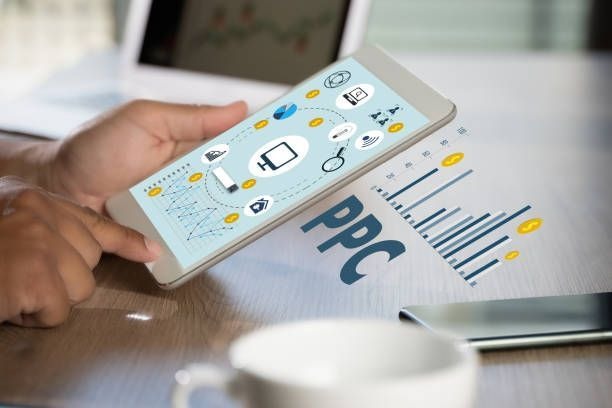
Content also plays a supporting role. Blog posts, webinars, and case studies serve as middle-funnel assets that ads can promote.
Retargeting users who engaged with these materials ensures continuity between educational and transactional stages.
Funnel-first PPC strategies benefit from this synergy, as aligned content boosts credibility and trust.
Finally, ensure your analytics attribution reflects the entire customer journey.
Multi-channel attribution models, supported by platforms like Adobe Analytics and Google Attribution, give visibility into how each touchpoint contributes to conversion.
This integration-driven clarity enables better resource allocation and higher marketing ROI overall.
#7. Future Trends: Evolving Funnel-First PPC Strategies Beyond 2025
The landscape of PPC is shifting rapidly. AI-driven automation, privacy regulations, and new ad formats continue to redefine how advertisers approach funnel-first PPC strategies.
As third-party cookies phase out, first-party data and contextual targeting are becoming the backbone of campaign planning.
Emerging technologies like predictive analytics and generative AI are enabling hyper-personalized ad experiences.
According to eMarketer, 61 percent of advertisers now use AI tools to forecast campaign performance and adjust targeting in real time.
Funnel-first PPC strategies that embrace these innovations will maintain an edge in competitive markets.
Voice and visual search are also expanding the top of the funnel.
Optimizing for conversational and image-based queries allows advertisers to capture early interest before traditional search terms even appear.
Meanwhile, platforms such as TikTok Ads and Pinterest Trends provide unique opportunities for awareness through creative storytelling.
Sustainability and ethical advertising are gaining traction too. Users in 2025 prefer brands with transparent values and responsible practices.
Incorporating purpose-driven messages into funnel-first PPC strategies strengthens brand loyalty and long-term retention.
Ultimately, the most successful marketers will be those who combine technical precision with audience empathy.
They’ll analyze data rigorously, yet design campaigns that respect user intent and context. As AI, automation, and privacy converge, adaptability becomes the defining trait of high-performing PPC teams.
Conclusion
Funnel-first PPC strategies offer a complete framework for aligning every ad dollar with buyer intent.
From awareness through retention, this approach ensures no audience segment is ignored and no message is misplaced.
By structuring campaigns around user readiness, advertisers reduce waste, improve conversion rates, and sustain customer loyalty.
In 2025, the winning formula combines intelligent automation, precise targeting, and consistent optimization.
Funnel-first PPC strategies are not just a trend—they are the new standard for data-driven, conversion-focused marketing that scales sustainably in an evolving digital world.

